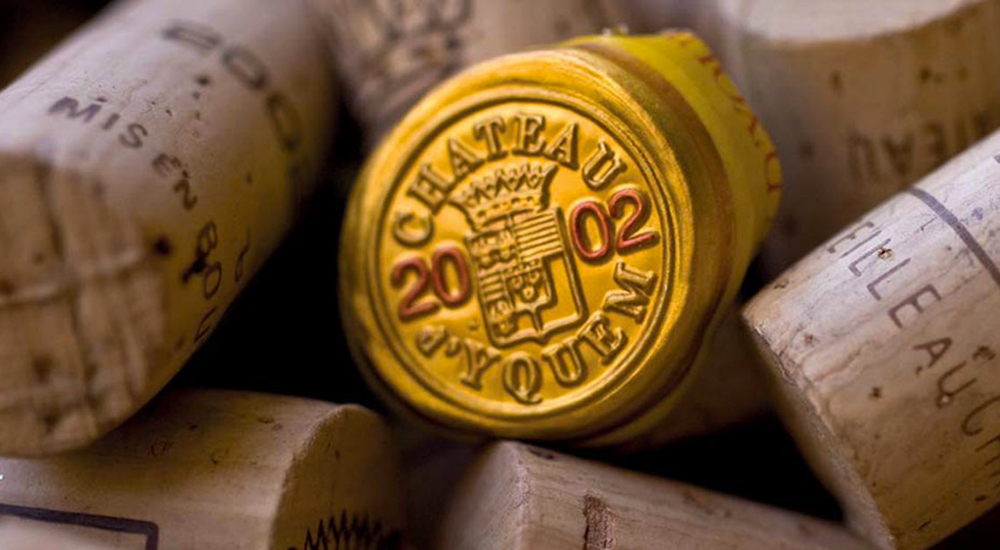
Ownership Registers Becoming More Common – April 2023
Many families use offshore holding companies, trusts, family funds etc., to assist with complex family structures or succession planning. Most are not engaged in money laundering, tax evasion or other criminal activities. However, they are increasingly being caught up in regimes created to deal with money laundering through increased transparency of beneficial ownership of real property and entities.
As a result, the unintended consequences include families having to reveal more personal information relating to wealth, beneficial ownership and location than they would like.
Families often consider privacy is important in protecting their security and reputation. At a minimum, they will want to ensure that information that is not required to be revealed, is not revealed simply because advisors or financial institutions were careless or unfamiliar with actual requirements when providing information.
Background
The Common Reporting Standards, intended to increase tax compliance and transparency, resulted in additional information about families with complex offshore structures being shared amongst tax authorities. This should not have been a major concern for families that are tax compliant.
However, major releases of private information, such as the so-called Panama Papers Scandal in 2016, highlighted how much capital is hidden behind offshore structures. Initiatives to counter offshore tax avoidance (not adequately dealt with through CRS) included encouraging offshore jurisdictions to adopt Economic Substance reporting requirements.
Of course, these are less helpful when beneficial owners are determined to maintain secrecy.
Public Registers
The logical extension was to introduce registers where the owners, especially offshore entity owners, of certain properties would be required to reveal relevant information as to the true beneficial ownership of such properties.
The UK and EU members were quite responsive to the encouragement to create public registers for the ultimate beneficial ownership of residential real estate and domestic companies. The next stage, was to expand the registers to include beneficiaries of trusts that owned assets situated in the country.
This had the unsettling potential of making the name, country of residence, nature of ownership and birthdate of each beneficial owner available to anyone with access, regardless of the bona fides of these enquiring members of the public.
Push Back in Europe
In Q4 last year and to the relief of many trustees and private client advisors, the EU Court of Justice ruled that the public disclosure as set out in the key EU Directive, was inconsistent with EU constitutional protections for the right to one’s privacy and the right to protection of personal data.
This did not affect the existence or requirements to register, but would limit who could access the registers.
Many countries immediately restricted access to existing registers. However, in December the Court wound back its decision somewhat by saying that anyone with a “legitimate interest” should have access.
Not all countries will interpret this in the same way, but it will likely end up with a hurdle requirement for members of investigative organisations or the press generally needing to confirm a legitimate interest prior to being given access to a filing. Marketing groups will no longer have indiscriminate access.
The obligations to register foreign ownership of certain Australian assets beginning July 1 this year, are consistent with this tilting of the balance back towards respecting privacy while giving law enforcement adequate tools. The information will not be public, it will be available only to Government agencies for certain purposes.
Impact
Families with assets across borders and complex holding structures now need to pay close attention to increased registration or disclosure requirements in each of the countries in which they own assets or entities with respect to a wide range of assets.
It is not just ownership registers, but new tax-related filings and reports, including those testing economic substance, and local filings with respect to ownership and use of residential or vacation properties.
Organisations such as The Society of Trust and Estate Practitioners have been active in arguing that these registers, while adequately addressing their purposes, better balance privacy and security concerns. Recent events give hope for a better balance.
Click here for download version





Recent Comments